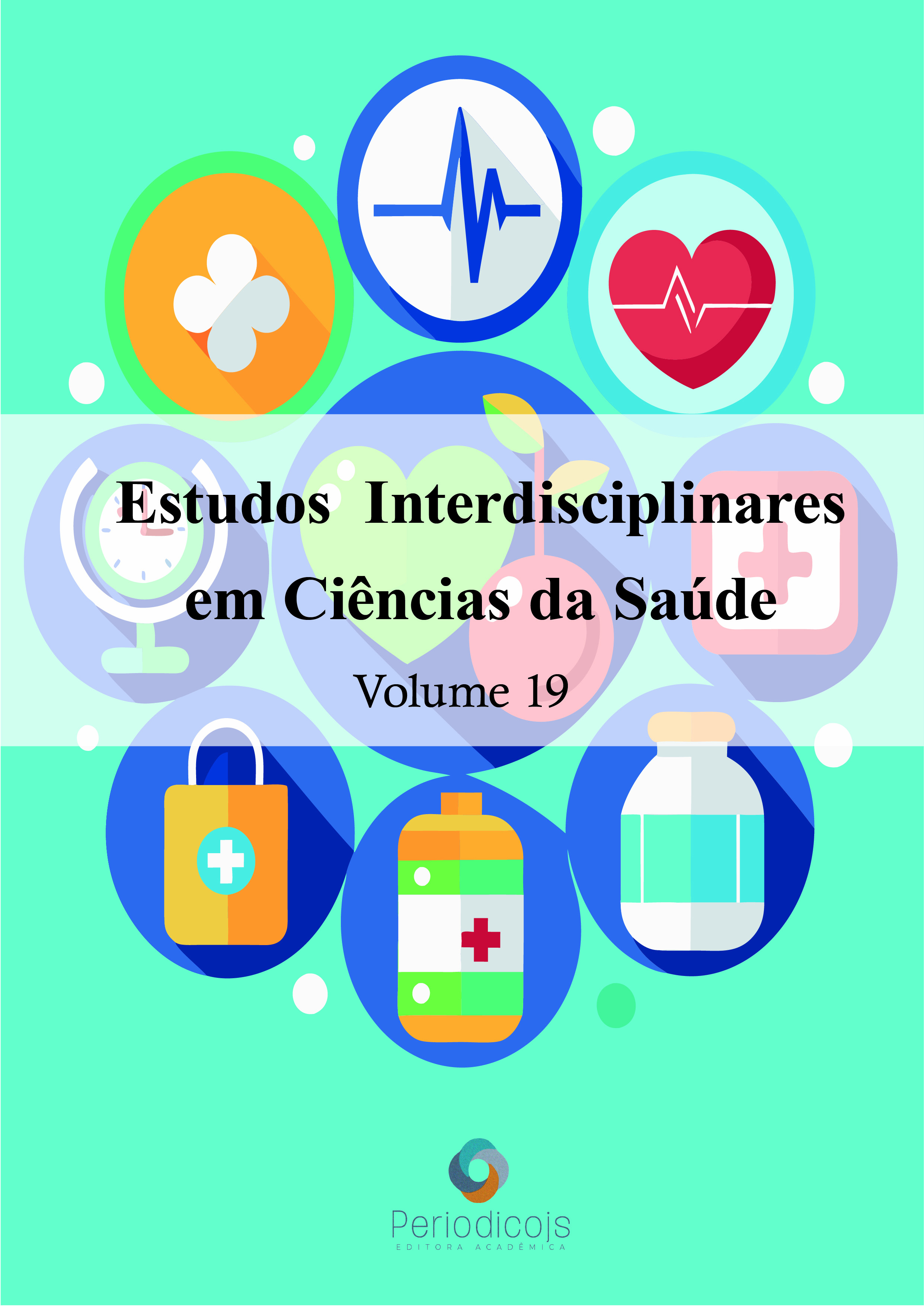Abstract
Abdominal tissue fibrosis is a common complication in patients undergoing multiple surgeries, resulting in the formation of adhesions that compromise visceral mobility, increase the risk of intestinal obstructions and make subsequent surgical interventions difficult. Traditionally, lysis of adhesions has been the main therapeutic method, although it is limited by high rates of recurrence and intraoperative complications. In view of this, new therapeutic strategies have emerged aimed at reversing or controlling fibrosis, broadening the possibilities beyond conventional mechanical treatment. The aim of this study was to analyze innovative approaches to managing abdominal tissue fibrosis in patients with a history of multiple surgeries, focusing on the efficacy, safety and regenerative potential of these therapies. This is a literature review with a qualitative and exploratory approach, whose aim is to understand the pathophysiological mechanisms involved in the formation of adhesions and abdominal fibrosis, as well as their clinical implications and therapeutic strategies including surgical interventions, myofascial manipulation and lymphatic drainage. The studies were selected using the PubMed, SciELO, ScienceDirect and Scopus databases, choosing complete articles published in peer-reviewed journals and relevant to the areas of plastic surgery, anatomy, physiology, manual therapy and tissue regeneration. The results point to promising emerging strategies, such as the use of agents that modulate the extracellular matrix (hyaluronic acid, mitomycin C and pirfenidone), the application of cell therapies (such as mesenchymal stem cells with anti-fibrotic action) and complementary physical techniques, such as image-guided myofascial release. Preventive approaches are also gaining prominence, such as the use of resorbable biocompatible barriers during surgery, which reduce the formation of new adhesions. The development of personalized therapies based on inflammatory and genetic biomarkers has been explored as a way of predicting the risk of recurrent fibrosis and adjusting interventions on an individual basis. It is concluded that the reversal of abdominal tissue fibrosis goes beyond the lysis of adhesions, incorporating innovative therapies aimed at controlling the inflammatory microenvironment and modulating healing. The integration of biotechnology, regenerative medicine and minimally invasive surgery represents a promising perspective in the care of patients with complex fibrosis, but requires further controlled clinical studies to validate these approaches.
References
Parker M. C., Ellis H., Moran B. J., et al. (2001). Postoperative adhesions: ten-year follow-up of 12,584 patients undergoing lower abdominal surgery. Diseases of the Colon & Rectum, 44(6), 822–829.
DiZerega G. S. (2000). Contemporary adhesion prevention. Fertility and Sterility, 73(1), 1–10.
Stecco C., Gagey O., Macchi V., et al. (2014). The fascia: the forgotten structure. Italian Journal of Anatomy and Embryology, 119(1), 127–138.
Liu Y., Wang Y., Yang Y., et al. (2019). Mesenchymal stem cells in fibrotic diseases: Pathophysiology and therapeutic strategies. Stem Cell Research & Therapy, 10(1), 1-13.
Tufo T., Branco C., Corgosinho F., et al. (2021). Effects of fascial manipulation on adhesions and scar tissue: a scoping review. Journal of Bodywork and Movement Therapies, 26, 20–27.
Wynn, T. A. (2008). Cellular and molecular mechanisms of fibrosis. The Journal of Pathology, 214(2), 199–210.
Kolachala, V. L., Bajaj, R., Wang, L., et al. (2021). Anti-fibrotic therapies in abdominal fibrosis: Mechanisms and translational considerations. Fibrogenesis & Tissue Repair, 14(1), 5.
ten Broek, R. P. G., Strik, C., van Goor, H. (2013). Preoperative nomogram to predict risk of bowel injury during adhesiolysis. British Journal of Surgery, 100(5), 665–673.
Masson IFB, Oliveira BDA, Machado AFP, Farcic TS, Esteves Júnior I, Baldan CS. Manual lymphatic drainage and therapeutic ultrasound in liposuction and lipoabdominoplasty post-operative period. Indian J Plast Surg. 2014 Jan/Apr;47(1):70-6.
Gemperli R, Mendes RRS. Complicações em abdominoplastia. Rev Bras Cir Plást. 2019;34(2):53-6.
Ardehali B. A meta-analysis of the effects of abdominoplastymodifications on the incidence of postoperative seroma. Aesthet Surg J. 2017 Oct;37(10):1144-45.

